Planet Earth II: Nine things we learned from the series
- Published
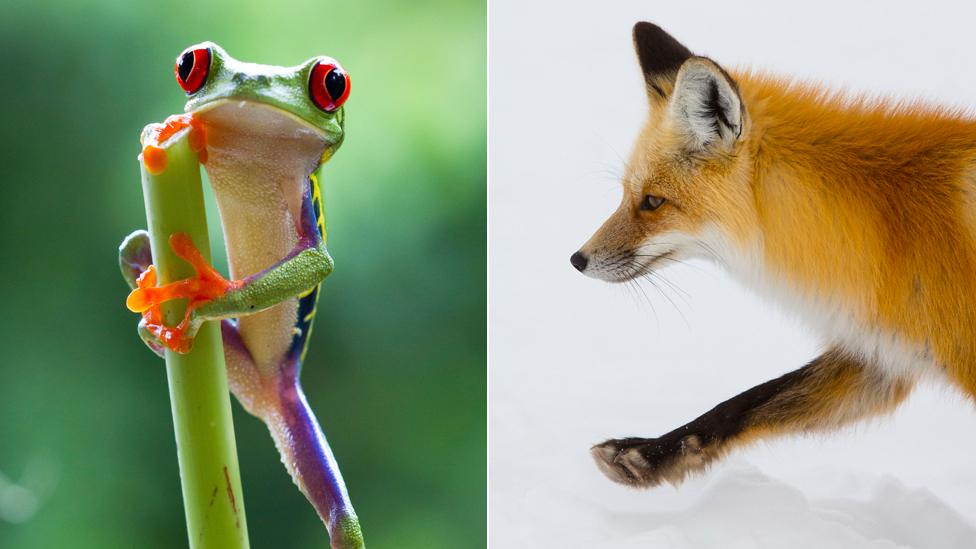
About 10 million of us have been tuning in to BBC One's Planet Earth II every Sunday for the past six weeks.
The programme, coming a decade after the original Planet Earth was broadcast, has been, by all accounts, a truly extraordinary series.
Ratings show the series has been watched by all age groups, with surprisingly large numbers of young people tuning in to watch the programme live every week.
The series has become Internet Movie Database's highest-rated television programme, external of all time.
Here are just a few of the things we've learned from Planet Earth II.

1. Flamingos don't get sunburned
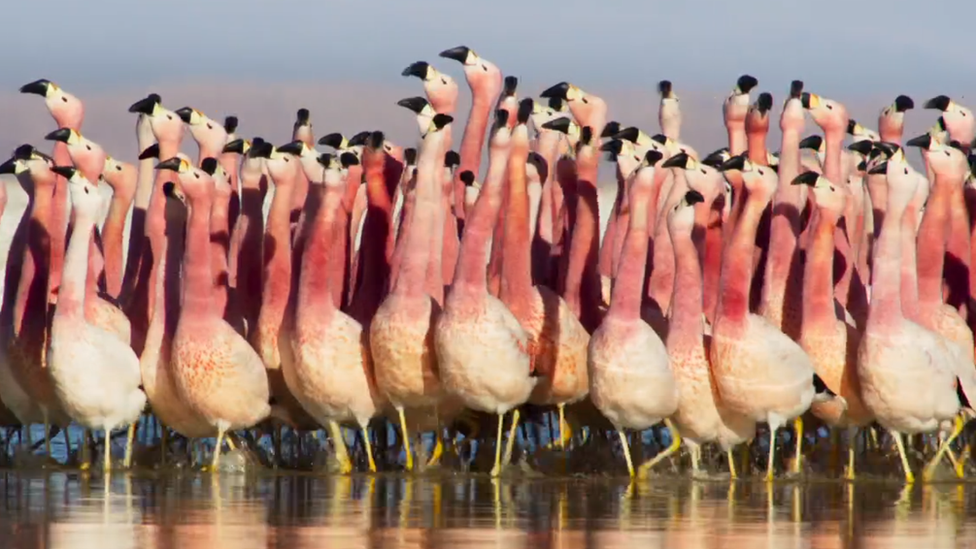
In the Mountains episode, we saw flamingos become trapped in ice overnight, only to be freed when the sun finally came up. Later, we saw them gather together in a group to go on parade in a peculiar courtship ritual - providing BBC One with some excellent new idents in the process.

2. Sloths like to swim (especially if there is a pretty sloth waiting at the other side of the lake)
A pygmy three-toed sloth swims between mangroves on the island of Escudo.
Sadly the female sloth being pursued in the Islands episode already had a baby and therefore wouldn't be mating again for another six months - but full marks for effort to this enthusiastic chap.

3. Sir David Attenborough can present from a hot air balloon at the age of 90
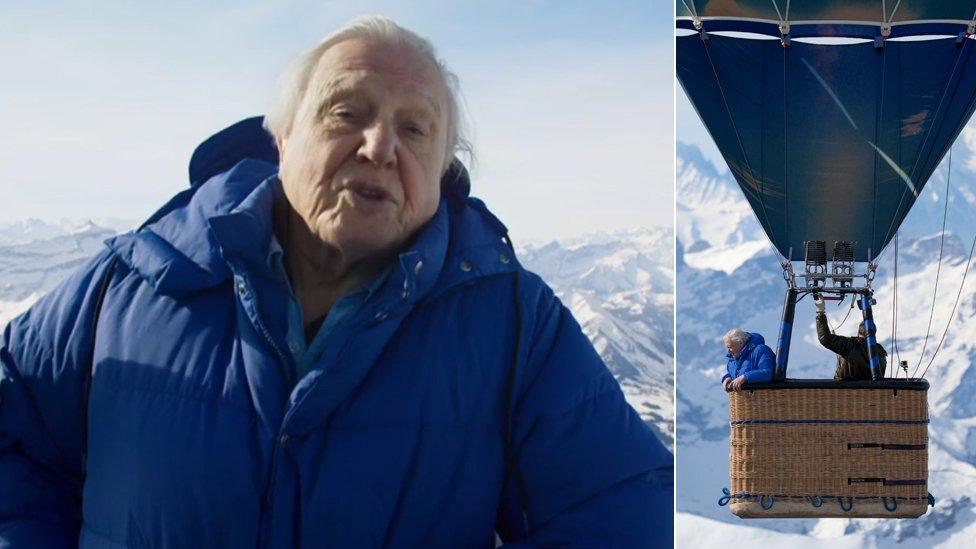
The prospect of going to a freezing cold climate, climbing into a hot air balloon and trying not to shiver too much as a camera is pointed at you would be daunting for most of us. But not, apparently, for Sir David, who is still able to do this with ease despite being in his 10th decade.

4. Watching iguanas being pursued by snakes is more exciting than any James Bond car chase we've ever seen
For racer snakes, the emergence of marine iguana hatchlings is a feeding bonanza.
Watching animals chase other animals in this series can be a confusing experience - do you root for the animal being pursued, because you don't want them to die, or the predator giving chase, because you don't want them to starve? Either way - there's no denying such encounters are extremely exhilarating (and traumatising).

5. Men are more attractive when they tidy up a bit

The Wilson's bird-of-paradise in the Jungles episode set an example to us all. The brightly-coloured bird tidied up all the leaves from one patch of the forest floor so his bright feathers would stand out more and attract a mate. Far be it from us to suggest that humans could learn from this, of course.

6. Baloo and The Jungle Book were fairly accurate depictions of bear scratching behaviour
Join the back scratching, fat wobbling, scent-marking party as the bears really cut loose.
You're a bear. You've got an itchy back. What do you do? Make extremely creative use of the trees around you, of course - proving in the process that The Jungle Book was more than just a children's film, it was a documentary.

7. A giraffe can win in a battle with a lion
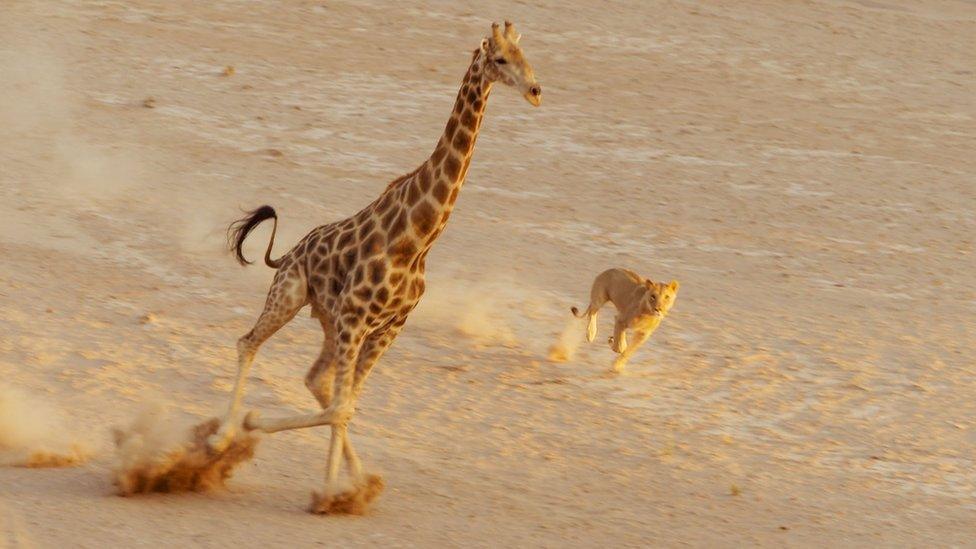
Because prey is so thin on the ground, desert lions hunt whichever animals they come across. As giraffes are relatively common here they are an important prey species. But one particular giraffe in the Deserts episode gave a lioness a run for her money, not quite outrunning her but managing to kick her away when she attacked.

8. Bears like to vandalise video equipment
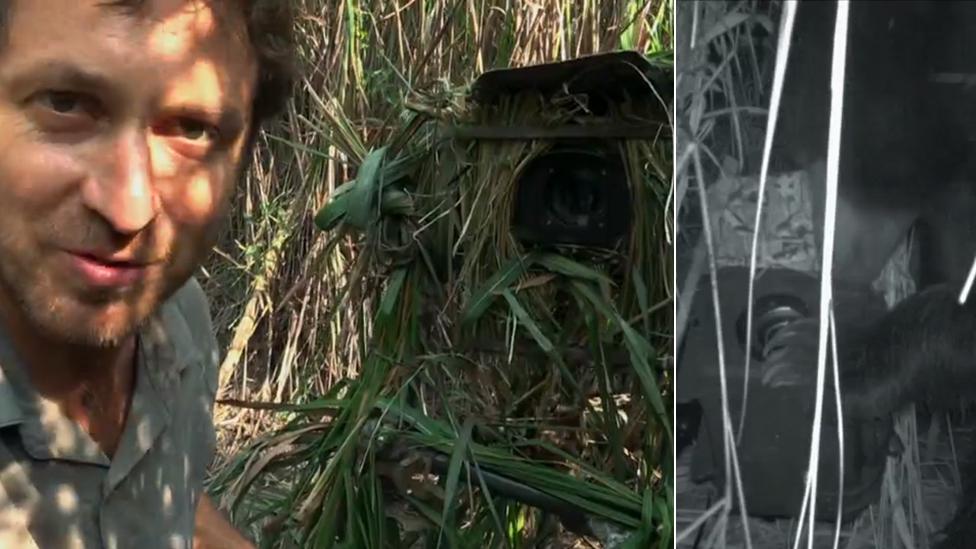
The production crew behind Planet Earth II learned one expensive lesson in the Grasslands episode. You can take recording equipment to the other side of the world. You can cover it in a grass camouflage. But the bottom line? Bears still like to smash up video cameras.

9. Don't leave any food unattended in Jaipur, India
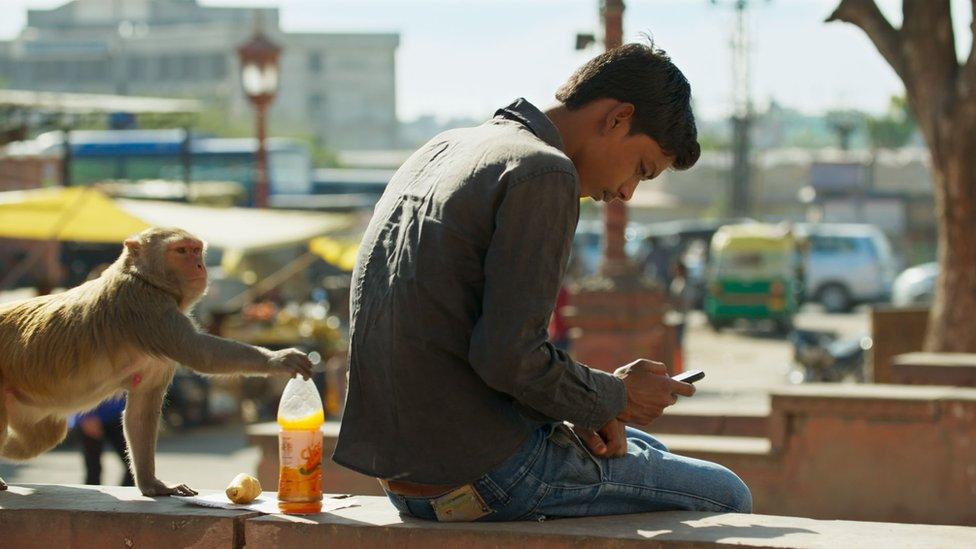
As seen in the concluding Cities episode, one particular breed of monkey, the rhesus macaque, has become adept at navigating the people, traffic and market stalls of Jaipur in India. Their brazen "daylight robbery", as Sir David puts it, of any food or drink lying around would put Aladdin's sidekick Abu to shame.

Follow us on Facebook, external, on Twitter @BBCNewsEnts, external, or on Instagram at bbcnewsents, external. If you have a story suggestion email entertainment.news@bbc.co.uk, external.
- Published1 December 2016
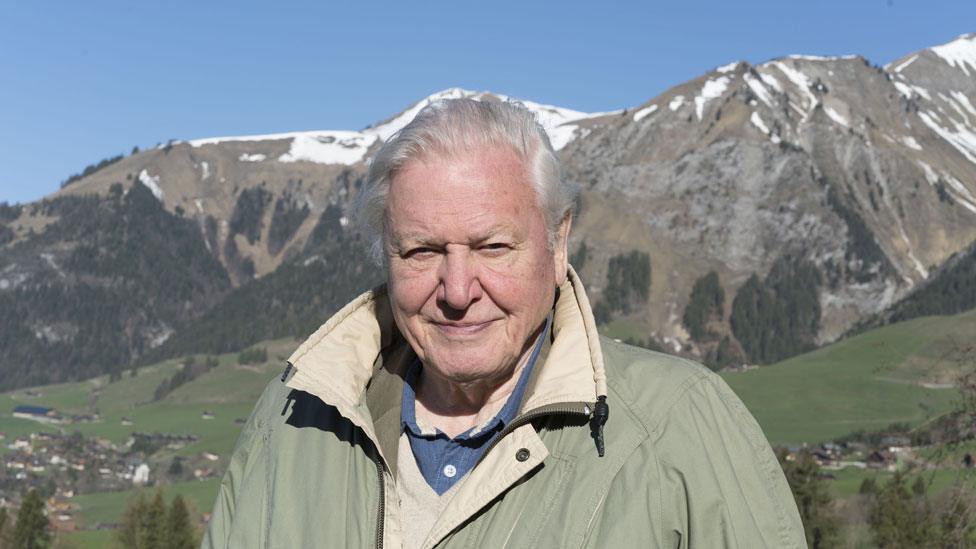
- Published8 December 2016
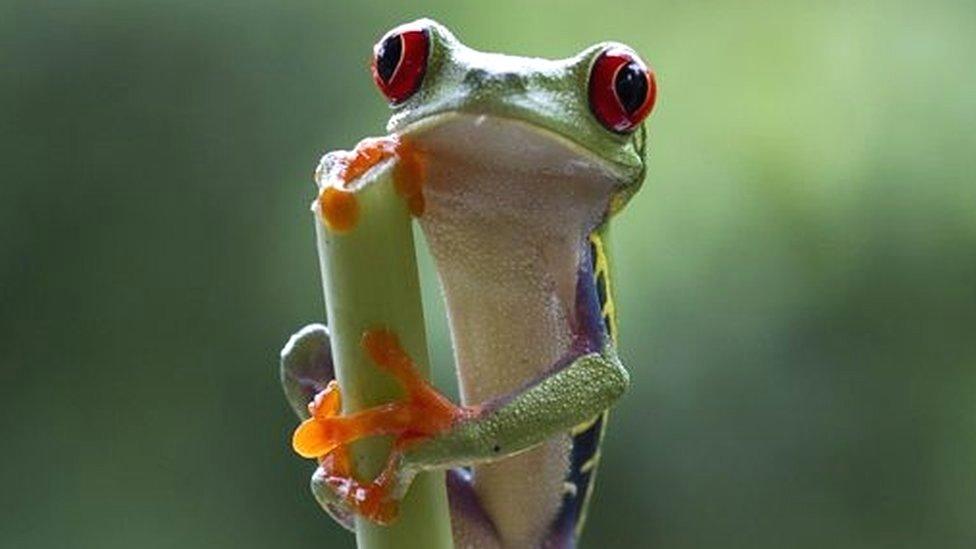
- Published7 November 2016
